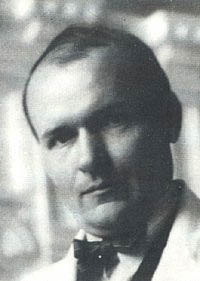
Architect Pavel Janák was born 135 years ago
 |
Janák's work underwent a significant transformation over the years. As a recent graduate of the Prague Technical University and the Vienna Academy, Janák was initially inspired by Art Nouveau and Cubism. However, in the early 1920s, he found pleasure in the so-called national decorative style, which was reflected in the design of the Prague Adria Palace, for which Janák collaborated with Josef Zasche.
However, Janák became best known for his functionalist buildings from the second half of the 1920s and the following decades. In addition to the Juliš hotel and the prayer house of the Czech Hussite Church in Vinohrady, this period also includes designs for family houses in Prague's Ořechovka.
Janák was not only interested in designing individual buildings. A significant part of his work also includes urban planning designs, among which the project for the Baba settlement on the northern edge of Prague stands out.
In addition, he also focused on the reconstruction of monuments. Among other things, he participated in the renovations of the Míčovna at Prague Castle, the nearby Černín Palace, and the castle in Nové Město nad Metují.
Janák died on August 1, 1956, in Prague.
The English translation is powered by AI tool. Switch to Czech to view the original text source.
0 comments
add comment











